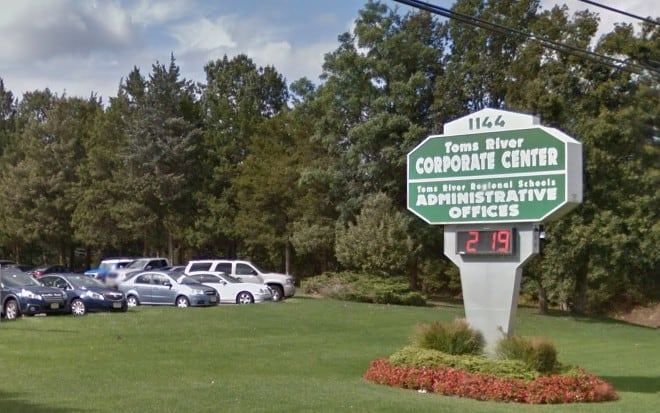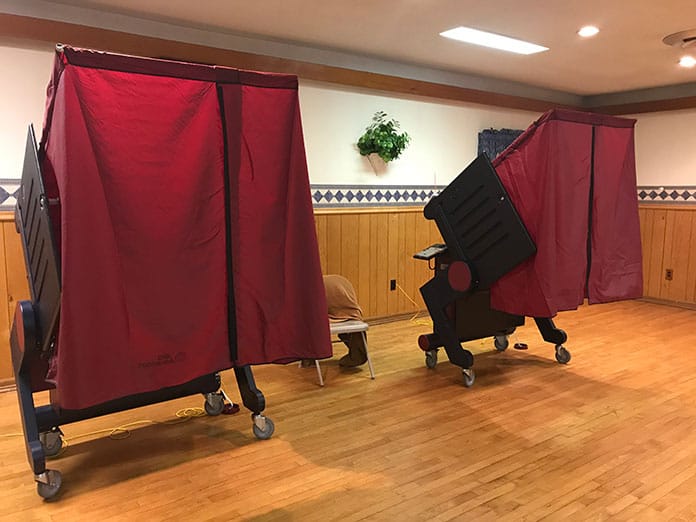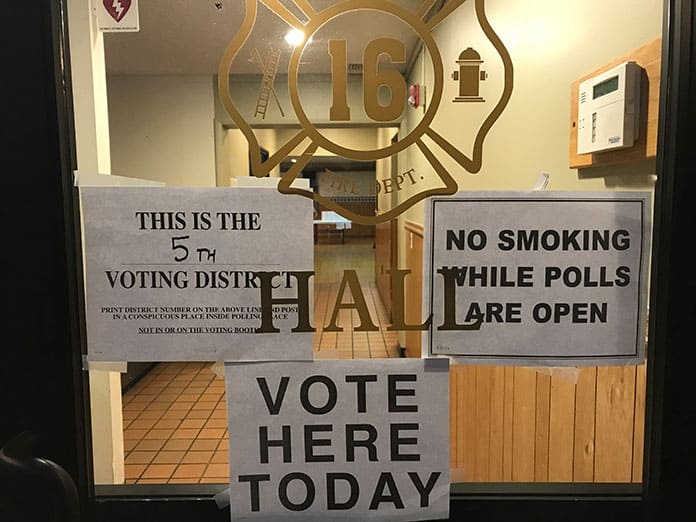
TOMS RIVER – Years ago, the school district hired a firm to evaluate the shortcomings in the buildings. This resulted in a multi-million dollar to-do list: roofing, security, HVAC and more. It took years to get onto the ballot, but the taxpayers were asked to fund these improvements.
The taxpayers said “yes.”
The measure succeeded, 7,513 votes to 5,383. These totals are unofficial, since it takes some time after an election to verify the results, mostly because of provisional ballots. They were reported on the Ocean County Clerk’s website as results came in on election night.

The Toms River Regional School District is made up of several towns. They will be affected thusly:
- Toms River: Residents with the average home assessment of $272,400, would see an increase of $141.65 per year.
- South Toms River: Residents with the average home assessment of $165,200, would see an increase of $72.52 per year.
- Beachwood: Residents with the average home assessment of $203,600, would see an increase of $96.75 per year.
- Pine Beach: Residents with the average home assessment of $267,900, would see an increase of $132.72 per year.
To get a more specific cost, the district has a tax calculator on its website: trschools.com/community/referendum. Residents can enter their town and the assessment on their property to determine what the change in their taxes would be.
What school officials had tried to stress during public hearings before the vote was that the taxpayers were also saying “yes” to state money.
When a referendum gets approved, the projects are open to partial state funding. The state had agreed to pay $47,281,593 of the $147,148,269 price tag. This would leave $99,866,676 that would be bonded, and paid off over years.

The way a referendum works is that the state pays a portion if the referendum is approved. If it’s not, the district has to fund the improvements on their own. That’s why a lot of districts use referendums to gain access to the state money. They figure that if they have to make repairs, they might as well get state money to help fund it.
None of this affects maintenance projects that the district currently has underway, officials said. They perform a few million dollars worth of projects every year. Additionally, there were $17.8 million in energy projects. What happened was that the district bonded for the $17.8 million, and the projects being done are saving $1 million annually in energy costs, so it will be paid off without raising taxes.
Toms River schools took a gamble with this referendum. Last year, the Toms River Township Council attempted to double its open space tax to collect more land and make it unbuildable. That measure failed 17,121 “no” votes to 11,267 “yes” votes.
The district is faced with a huge drop in state aid that is not tied to any referendum. The state provides funding to every district every year. However, new figures will put Toms River at a loss of $70,685,260 over the course of seven school years. They are currently mounting a legal opposition to this.
This loss in funding was certainly hanging over voters’ heads. When district officials made their pitch for the referendum, the loss of aid was talked about. It still could have gone either way: either people would vote for the referendum, hoping to fund the schools in case that they never got their state money reimbursed, or they could have voted against it, expecting taxes to go up and not wanting them to go up any more.
The sending districts were all in favor of the referendum:
Pine Beach reported 287 “yes” and 185 “no” votes.
South Toms River reported 186 “yes” and 68 “no” votes.
Beachwood reported 887 “yes” and 401 “no” votes.
There were some Toms River districts that voted against it, but there were enough “yes” votes throughout Toms River to carry the referendum.
Perhaps predicting poor results, the board voted this month to give the district the ability to go out for another referendum on March 12.
Apparently, though, that was not needed.







